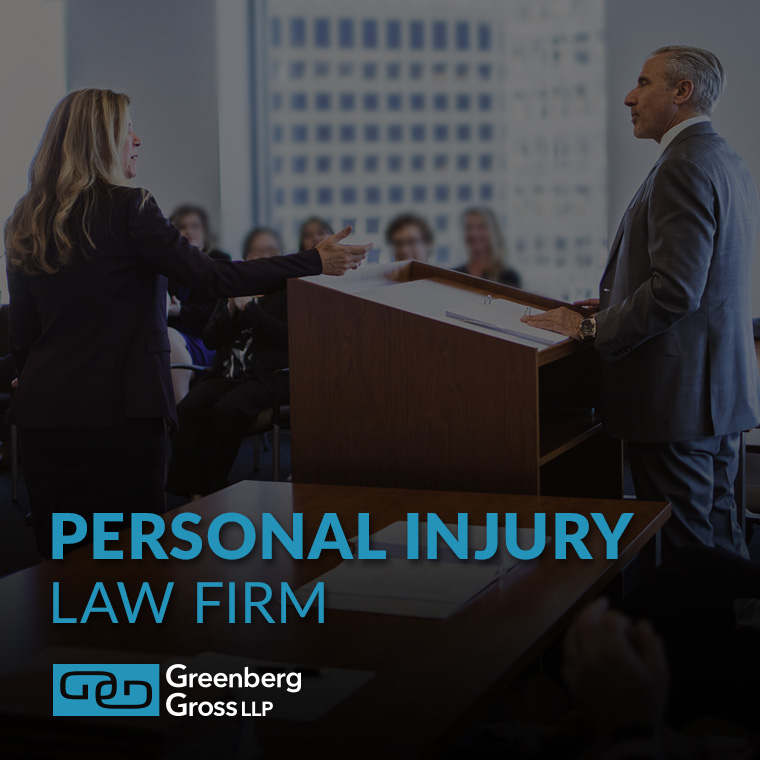YouTube creators often want to know who their subscribers are, but finding this information isn’t always straightforward. This guide will walk you through various methods to view your YouTube subscriber list, along with important limitations and best practices.
Understanding YouTube’s Subscriber Privacy Settings
Before diving into the methods, it’s important to understand that you won’t be able to see all your subscribers. This is because:
- Subscribers can choose to keep their subscriptions private
- Only public subscribers will appear in your list
- YouTube updates subscriber lists periodically, not in real-time
Method 1: Viewing Subscribers Through YouTube Studio
- Sign in to your YouTube account
- Click on your profile picture in the top right
- Select “YouTube Studio”
- In the left sidebar, click on “Channel Analytics”
- Navigate to the “Audience” tab
- Scroll down to find “Recent Subscribers”
This method shows your most recent subscribers who have public profiles.
Method 2: Using the Channel Page
- Go to your YouTube channel page
- Click on “Home”
- Look for “Channels” in your channel navigation
- Select “Subscribers”
Note: This method only works if you have enabled the feature to display subscriber information on your channel.
Method 3: YouTube Studio Mobile App
- Open the YouTube Studio app
- Tap “Analytics”
- Select “Audience”
- Scroll to find “Recent Subscribers”
Important Limitations
- Privacy Settings: You can only see subscribers who have set their subscriptions to “Public”
- Subscriber Count: There may be a discrepancy between your total subscriber count and visible subscribers
- Update Frequency: Subscriber lists don’t update instantly
- Historical Data: You cannot view a complete historical list of all past subscribers
Best Practices for Subscriber Management
DO:
- Regularly check your subscriber analytics
- Engage with visible subscribers through community posts
- Respect subscriber privacy settings
- Monitor subscriber growth trends
DON’T:
- Assume all subscribers will be visible
- Share subscriber information without permission
- Worry if subscriber numbers don’t match visible subscribers
Making the Most of Subscriber Data
Analytics Integration
- Use YouTube Analytics to understand subscriber behavior
- Track which videos bring in the most subscribers
- Monitor subscriber retention rates
- Analyze demographic data of your subscriber base
Engagement Strategies
- Create content that caters to your subscriber demographics
- Use community posts to interact with subscribers
- Acknowledge new subscribers in videos when appropriate
- Build a community around your regular viewers
Troubleshooting Common Issues
If you’re having trouble viewing your subscriber list:
- Verify you’re logged into the correct account
- Check your internet connection
- Clear your browser cache
- Try using a different browser
- Ensure you’re using an up-to-date version of YouTube Studio
Additional Tips for Creators
- Regular Monitoring: Check your subscriber list weekly to track growth
- Engagement Tracking: Note which subscribers frequently interact with your content
- Privacy Awareness: Understand and respect YouTube’s privacy policies
- Data Analysis: Use subscriber information to inform content strategy
How to View and Export Your YouTube Subscriber List
While YouTube’s subscriber visibility features have limitations, understanding how to access and interpret subscriber data is crucial for channel growth. Regular monitoring of your subscriber list, combined with analytics data, can help you better understand your audience and create more engaging content.
Remember that building a genuine connection with your audience is more important than focusing solely on subscriber numbers. Use the available tools and data to enhance your content strategy while respecting subscriber privacy preferences.



